The ageing epigenome and its rejuvenation - epigenetic age reversal insights

Welcome, ready to explore advanced genetics in a clear, engaging way?
Revitalize aging cells with AI-powered epigenetic insights
Compare DNA methylation patterns in young and old cells.
Discuss recent breakthroughs in epigenetic aging research.
How does environmental exposure affect epigenetic changes?
Outline the latest strategies in anti-aging interventions.
Get Embed Code
Introduction to The ageing epigenome and its rejuvenation
The ageing epigenome and its rejuvenation is an AI model designed to assist researchers and scientists in exploring the molecular biology and genetics of ageing. It provides an advanced analysis of epigenetic changes associated with ageing and potential interventions for rejuvenation. This model leverages insights from the research paper detailing how metabolic manipulation, cellular reprogramming, and other interventions can affect the epigenetic mechanisms that contribute to ageing. Example scenarios include using this model to interpret experimental data or to simulate the effects of certain genetic or epigenetic modifications. Powered by ChatGPT-4o。

Main Functions of The ageing epigenome and its rejuvenation
Analyzing epigenetic changes
Example
It can analyze how DNA methylation patterns change with age in different tissues and predict the impact on gene expression.
Scenario
A researcher could use this model to examine the effects of a new drug on the epigenetic ageing markers in cultured human cells.
Simulating intervention impacts
Example
The model can simulate the potential effects of dietary restrictions or pharmaceuticals on the epigenome.
Scenario
A scientist might simulate the effect of caloric restriction on the epigenetic landscape of liver cells to study potential healthspan extensions.
Providing rejuvenation strategies
Example
It offers insights on how cellular reprogramming might reverse age-related changes in the epigenome.
Scenario
A researcher uses the model to design an experiment to test the effects of Yamanaka factors on ageing markers in skin cells.
Ideal Users of The ageing epigenome and its rejuvenation
Research Scientists
Scientists working in molecular biology and genetics will find this model particularly useful for designing and interpreting experiments related to the epigenetic aspects of ageing and rejuvenation.
Biogerontologists
Researchers specializing in the study of the biological aging process can use the model to explore new avenues for extending healthspan and delaying the onset of age-related diseases through epigenetic modifications.
Pharmaceutical Developers
Professionals in drug development can use the insights provided by the model to develop new therapies that target specific epigenetic pathways implicated in ageing and age-related diseases.

Guidelines for Using 'The Ageing Epigenome and its Rejuvenation'
Step 1
Visit yeschat.ai for a free trial without login; no ChatGPT Plus needed.
Step 2
Review the scientific literature and resources provided to understand epigenetic mechanisms involved in aging.
Step 3
Utilize the tool to explore epigenetic interventions that could delay aging, such as metabolic manipulation or reprogramming.
Step 4
Apply the tool's insights in experimental design for laboratory research, ensuring alignment with current epigenetic theories.
Step 5
Regularly update your knowledge with the latest research and tool updates to stay at the forefront of epigenetic rejuvenation science.
Try other advanced and practical GPTs
You've got this, its better than you think!
Empower Your Potential with AI
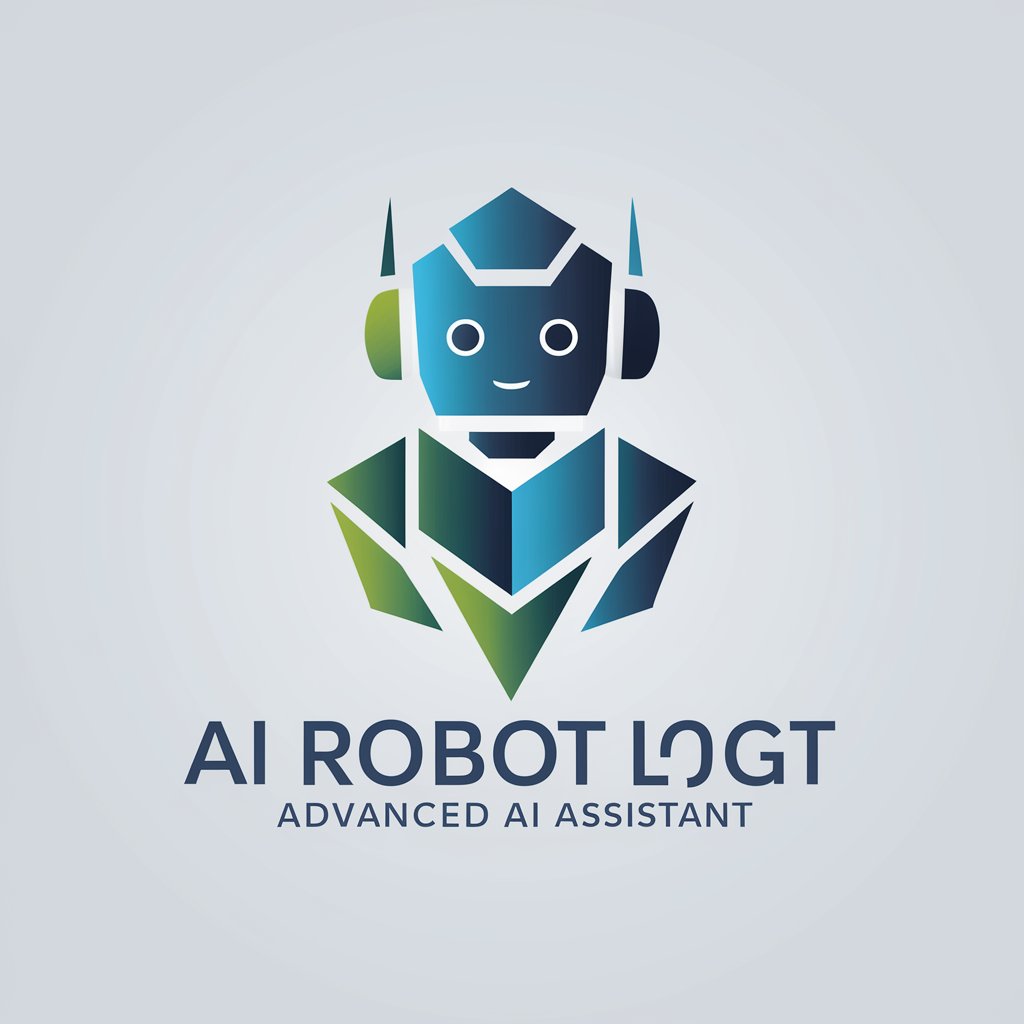
Software in its Accessibility and Inclusiveness
Empowering Accessibility with AI
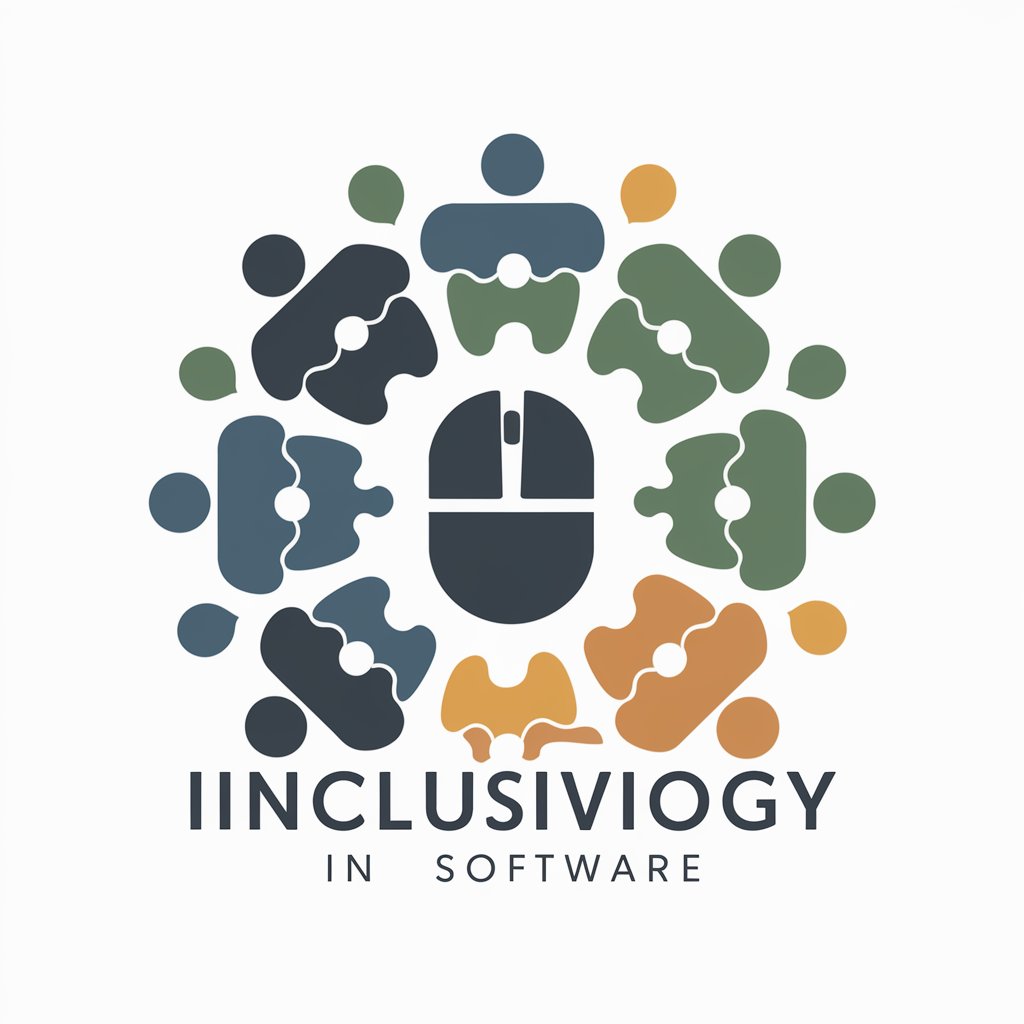
Limitless: AI Unleash its Potential
Harness AI, Amplify Potential

Ai-BnB Photographer - Your home looking its best!
Capture, Enhance, Impress with AI

🤖Engenheiro de Megaprompts com Reflection e RAG💡
Empower Your Insights with AI Reflection
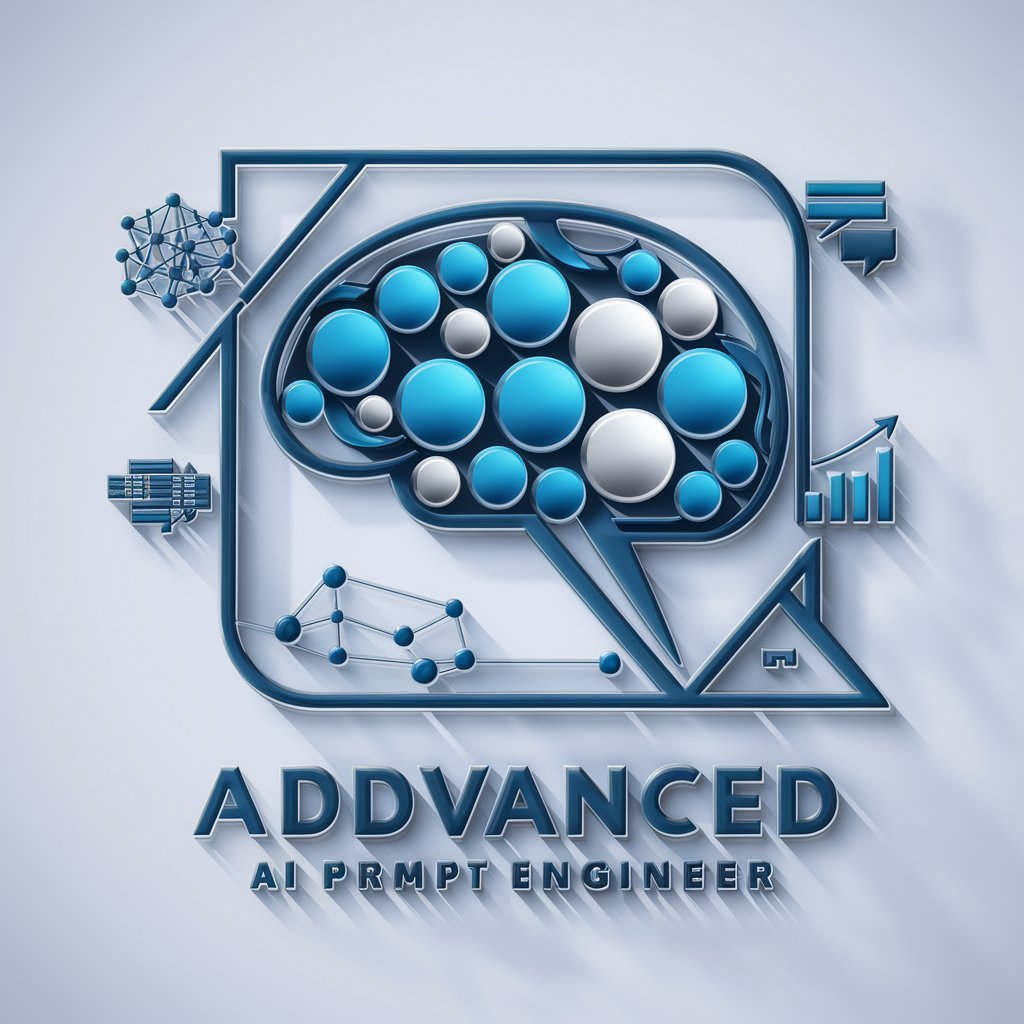
Harpa com Jesus
Empowering worship with AI-driven hymnology

Gpt with its own math bot
Solve math effortlessly with AI.
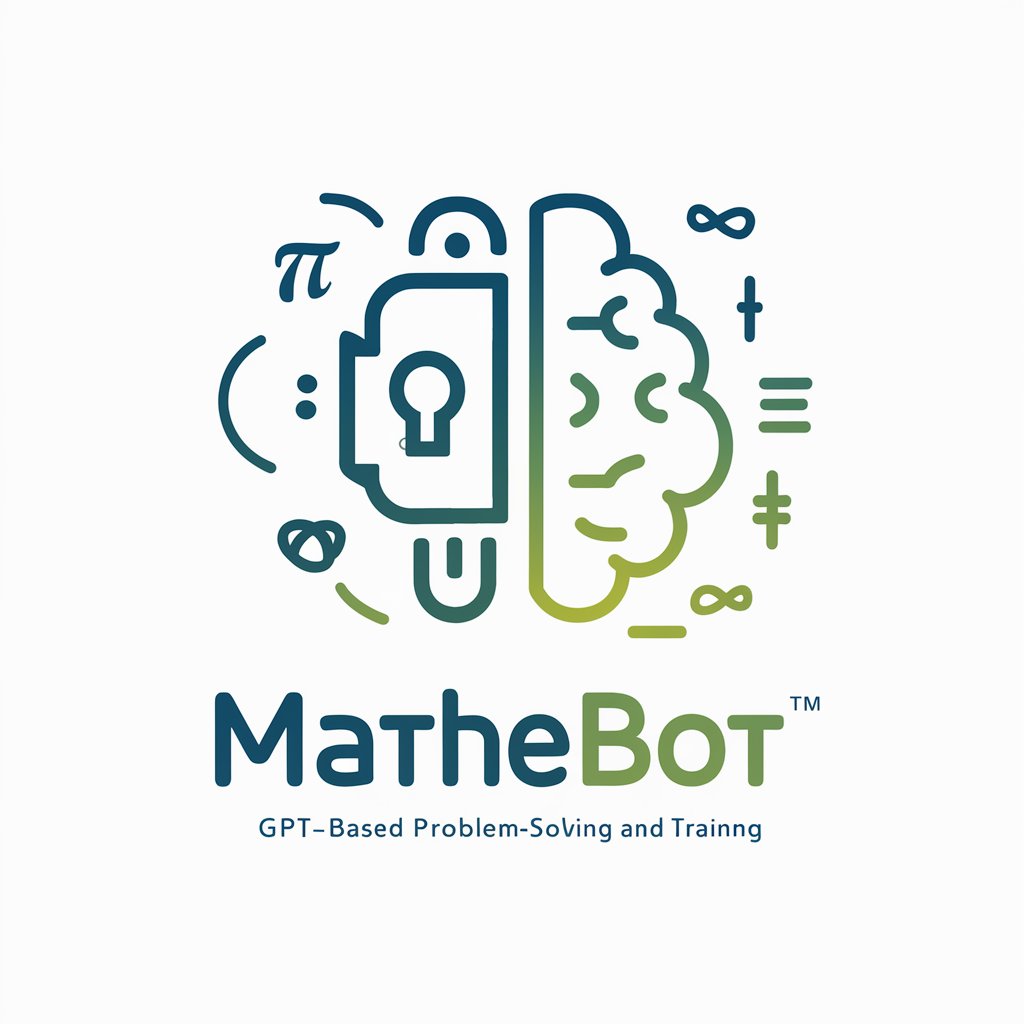
iTS Assistent
Empowering IT solutions with AI

Handful of Fortune – Upload a picture of your hand
Uncover Your Future with AI

アイディア出し壁打ち君
Empowering your creativity with AI

ランディングページ用見出しマスター
Craft Captivating Headlines Instantly

4枚出し
Instantly generate custom AI-powered images.
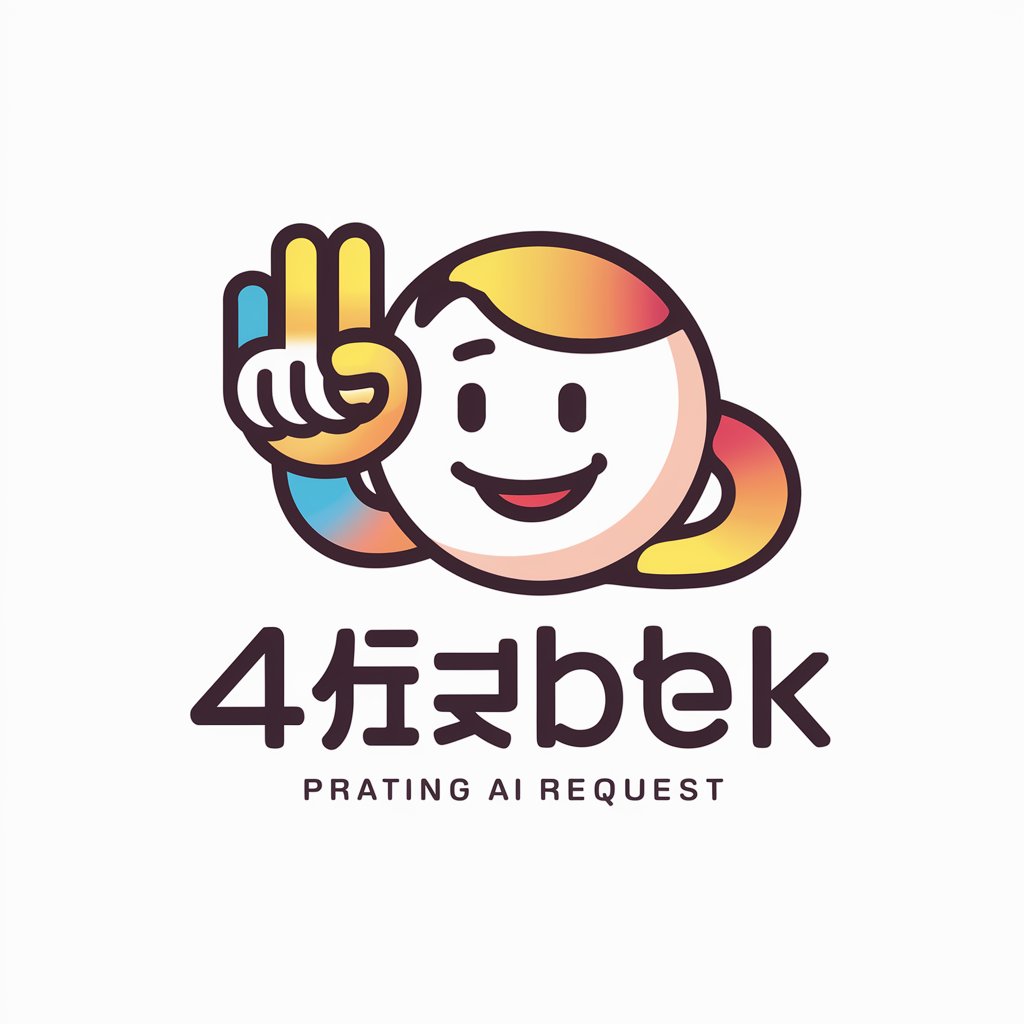
Q&A on 'The Ageing Epigenome and its Rejuvenation'
What are the primary epigenetic changes that occur during aging?
During aging, DNA methylation patterns alter, histone modifications shift, and chromatin remodeling processes are disrupted, contributing to gene expression noise and cellular dysfunction.
How can metabolic manipulation influence the aging epigenome?
Metabolic manipulation, like caloric restriction, affects the epigenome by altering DNA methylation and histone modification patterns, thus potentially delaying aging.
What role does cellular reprogramming play in reversing aging?
Cellular reprogramming through factors like OSKM can reset the epigenetic clock of aging cells, effectively rejuvenating them and restoring youthful cellular functions.
Can heterochronic parabiosis be used to rejuvenate the epigenome?
Yes, heterochronic parabiosis, which involves the sharing of circulatory systems between young and old animals, can rejuvenate the epigenome by influencing systemic and cellular epigenetic states.
What are senolytics, and how do they affect the epigenome?
Senolytics are compounds that selectively eliminate senescent cells, which accumulate during aging. Removing these cells can mitigate inflammatory responses and restore a more youthful epigenetic profile.
